You’ve probably seen plenty of s in museums and documentaries, but imagine stumbling upon remains so bizarre that they defy everything scientists thought they knew about these ancient creatures. Some fossil discoveries are so extraordinary that they force us to rewrite textbooks and completely rethink how evolution works. These aren’t your typical T-rex or Triceratops specimens that look exactly as expected.
The strangest discoveries often start with fragments that make no sense at all, leaving paleontologists scratching their heads for decades. What happens when you uncover creatures that break all the rules and challenge every assumption about prehistoric life? Let’s dive into the most mind-boggling s that have left the scientific community absolutely stunned.
A Monster with Meter-Long Spikes
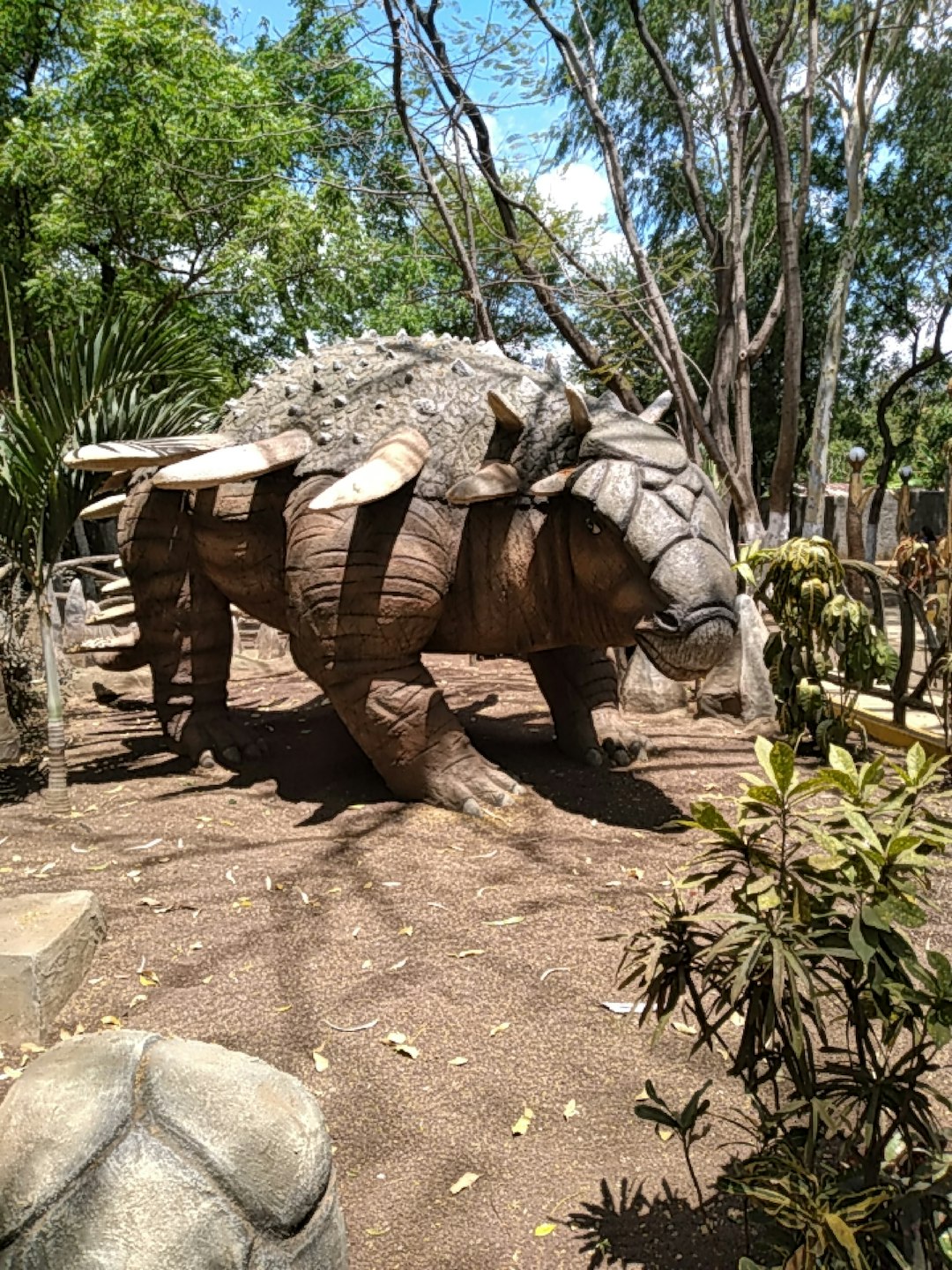
Spicomellus afer lived around 165 million years ago in Morocco and sported extraordinary bone spikes measuring up to a meter long covering its entire skeleton. Professor Richard Butler described it as “spikier than a punk rave” when the team published their findings in Nature. The creature had bony spikes fused directly onto its ribs and featured long spikes measuring 87 centimeters that emerged from a collar around its neck.
Dr. Susannah Maidment admitted that despite spending her career working on armored dinosaurs, she had never seen anything like this discovery. This specimen confirmed Spicomellus as having uniquely elaborate dermal armor unlike any other vertebrate, living or extinct. The discovery completely changed how scientists understand ankylosaur evolution, showing that the most elaborate armor appeared at the very beginning of their lineage.
The Mystery of the Terrible Hands
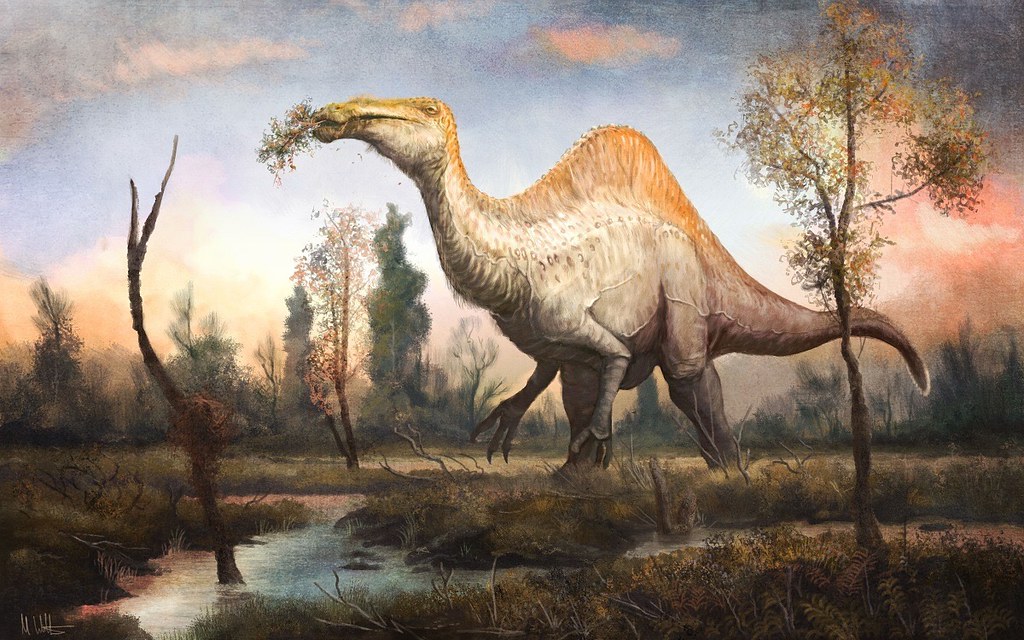
Nearly 50 years ago, scientists bones of two large, powerful dinosaur arms in Mongolia and figured they had discovered a fearsome critter with killer claws, but finding the rest revealed it to be goofy and weird. Deinocheirus was 16 feet tall and 36 feet long, weighing seven tons, with a duckbill, hump-like sail on its back, killer claws, tufts of feathers, no teeth, and ate like a giant vacuum cleaner.
The mystery persisted from 1965 when only massive arms measuring almost eight feet in length were in the Gobi desert, with subsequent expeditions to find the rest proving fruitless. Poachers had stolen many parts of later discoveries, but Pascal Godefroit helped track down fossils sold to private collectors in Japan and Germany, finally ending a 50-year mystery. The complete skeleton revealed one of the most bizarre combinations of features ever seen in a dinosaur.
A Plant-Eating Beast with Deadly Claws

Therizinosaurus was unlike any other theropod dinosaur, sporting elongated claws measuring over three feet instead of typical sharp teeth and talons. It had very large forearms but relatively short and stocky rear legs that bore its 5.5-ton weight, likely looking completely ridiculous by today’s animal standards and moving slowly. When first discovered, scientists speculated it was a gigantic turtle, and it looked like a reptilian sloth.
The unusual crane-like frame served a specific evolutionary purpose similar to gorillas today, with a robust pelvis suited for sitting while it used its arms to pull down foliage. No dinosaur will ever be as weird as Therizinosaurus, being a theropod herbivore that used its meter-long claws for defense or pulling branches. This gentle giant perfectly demonstrates how evolution can create the most unexpected combinations of features.
The Bull-Horned Speed Demon
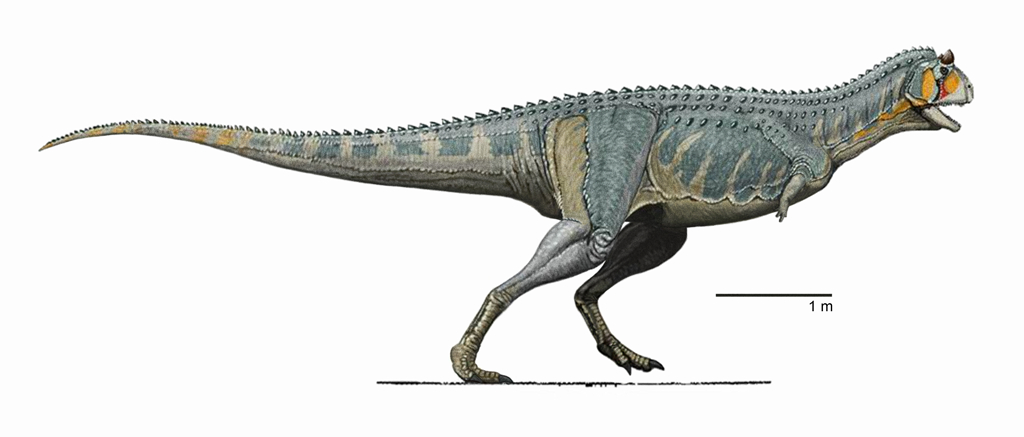
Carnotaurus looked like a bizarre cross between a bull and a dinosaur with its short, bulldog-like snout and prominent horn-like structures above its eyes, possibly used in combat or display with an incredibly fast and agile body. It lived in South America during the Late Cretaceous with bull-like horns, a deep skull, and incredibly tiny arms even smaller than T. rex’s. Its name literally translates to “meat-eating bull” and while its demonic skull gives an impressive profile, its oddly proportioned arms somehow look even more ridiculous than T. rex’s famously tiny forelimbs.
The remarkable fossil was discovered in 1984 by Argentine paleontologist José Bonaparte, preserved along with sheets of its scaly hide, making it the first meat-eating dinosaur discovered with skin. Scientists discovered the skin was more diverse than previously thought, consisting of large conical studs surrounded by small elongated, diamond-shaped scales reminiscent of Australia’s thorny devil lizard.
The Dome-Headed Wonder
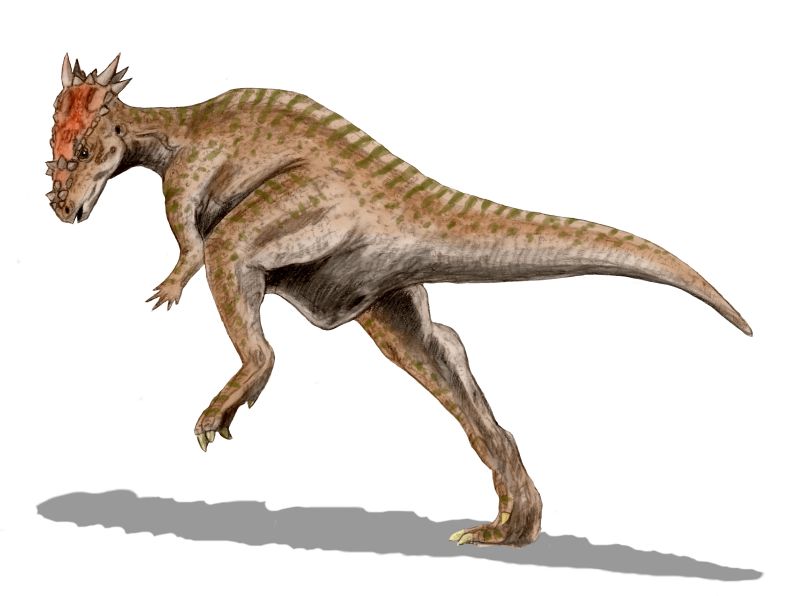
Chinzorig Tsogtbaatar discovered a dome-shaped skull that turned out to be a new species of pachycephalosaur, unique dinosaurs defined by thick, bony, hemispherical skulls, representing the first definitive pachycephalosaur from the early Cretaceous and 15 million years older than previous finds. The complete skeleton became the most complete pachycephalosaur ever unearthed, about the size of a German shepherd but very light at only 12 pounds.
Lindsay Zanno was “enchanted” when she first saw the specimen, describing it as “the most beautiful specimen” that was “magical”. This was the first time pachycephalosaur hand bones had ever been , initially mistaken for something the dinosaur had ingested because the hands were so tiny. The discovery filled a critical gap in understanding the early evolution of these famous dome-headed dinosaurs.
The Four-Winged Flyer

The small, bird-like Microraptor was groundbreaking due to its four wings, possessing flight feathers on both arms and legs unlike modern birds, suggesting an evolutionary experiment in gliding or flying that provides insights into the transition from dinosaurs to birds. Discovered in China, Microraptor sparked debates about whether dinosaurs evolved into birds, with its four separate wings leading some scientists to argue against the theory since no four-winged bird currently exists.
This tiny creature challenged everything scientists thought they knew about the evolution of flight. Its unique wing configuration suggested that early attempts at powered flight might have taken dramatically different forms than what we see in modern birds. The fossil evidence showed that prehistoric creatures were experimenting with flight mechanics millions of years before birds perfected their two-wing system.
The Buck-Toothed Plant Muncher
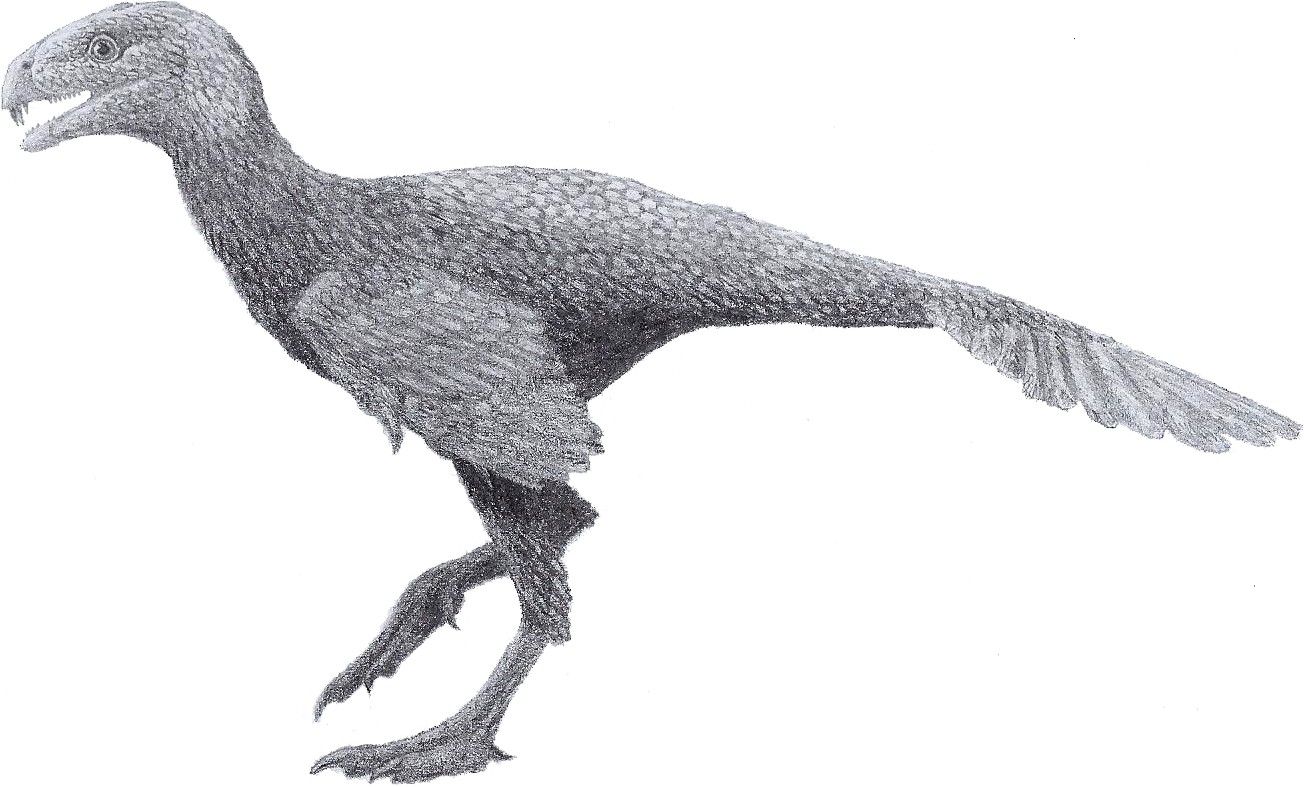
Incisivosaurus was possibly one of the most absurd creatures to ever walk Earth, being a buck-toothed dinosaur that lived 128 million years ago with bird-like features and bizarre teeth, a rare quality in animals outside of mammals. Known as the “Bunnysaurus” due to its prominent rabbit-like front teeth, fossil evidence shows it had primitive feathers giving it an even stranger appearance. This small, feathered theropod likely used its rodent-like front teeth to strip vegetation, making it an unusual plant-eating member of its group with teeth proportionally as large as a beaver’s.
The combination of feathers, a beak, and prominent front teeth created one of the most unusual-looking dinosaurs ever discovered. Scientists initially struggled to classify this creature because it seemed to combine features from completely different animal groups in ways that defied traditional understanding of prehistoric life.
The Underground Digger
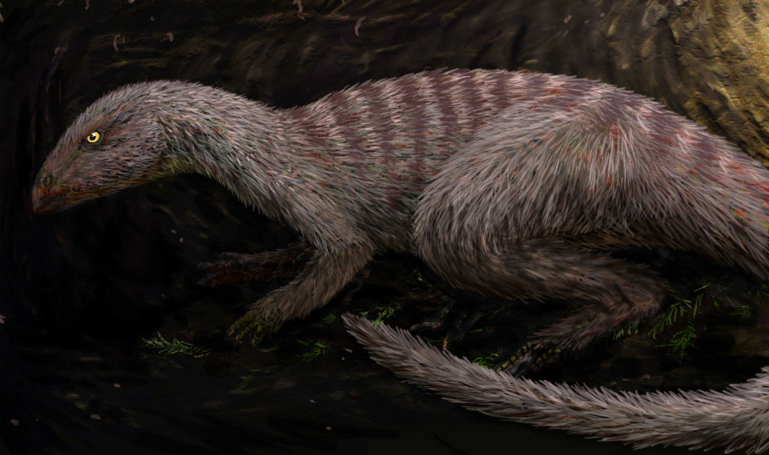
Oryctodromeus was a burrowing dinosaur that dug its own holes to live in, with fossils of three individuals at the bottom of a six-and-a-half-foot burrow, proving they didn’t just dig for food but actually lived in their excavated homes. This labrador-sized animal lived in the Western United States during the Late Cretaceous, belonging to a family of herbivorous, fast-running thescelosaurs, discovered in 2007 with the burrow closely matching the adult specimen’s proportions.
A closer examination revealed a pronounced s-bend in the burrow, a feature some think Oryctodromeus deliberately crafted to make it harder for predators to enter its home. This discovery revolutionized understanding of dinosaur behavior, proving that some species had developed complex social structures and engineering skills that allowed them to create sophisticated underground shelters for protection and raising young.
The Aquatic Armored Anomaly

Partial skeletons of 20 Liaoningosaurus have been , with one containing preserved gut contents suggesting it ate fish, and its teeth revealing fork-like ridges indicating it was carnivorous, with studies suggesting it was partially aquatic with a bony belly plate that may have protected it from underwater attackers. This small armored dinosaur completely overturned expectations about ankylosaurs, which were typically thought of as slow-moving, land-based plant eaters.
Not everyone agrees with this interpretation, and some argue it’s not a valid species but rather a juvenile form of another known ankylosaur species. The debate surrounding this specimen highlights how a single unusual fossil can spark years of scientific discussion and force researchers to reconsider fundamental assumptions about entire dinosaur groups and their lifestyles.
Rewriting Evolution’s Rulebook

These extraordinary discoveries prove that prehistoric life was far more diverse and bizarre than we ever imagined. At 165 million years old, Spicomellus shows just how significant Africa’s dinosaurs are and how these “absolutely bizarre” fossils are changing how scientists think armored dinosaurs evolved. The finds serve as cautionary tales about jumping to conclusions without enough evidence and remind us that evolution isn’t always what we think.
Each of these skeletal discoveries forces us to abandon our preconceived notions about what dinosaurs should look like or how they should behave. From spike-covered tanks to underground architects, these creatures show that evolution is endlessly creative in solving the challenges of survival. The weirdest skeletons often reveal the most pro truths about life’s incredible diversity and adaptability.
What strikes you most about these bizarre prehistoric creatures? These discoveries remind us that the natural world has always been full of surprises, and there are likely countless more waiting to be unearthed that will challenge everything we think we know about life on Earth.


